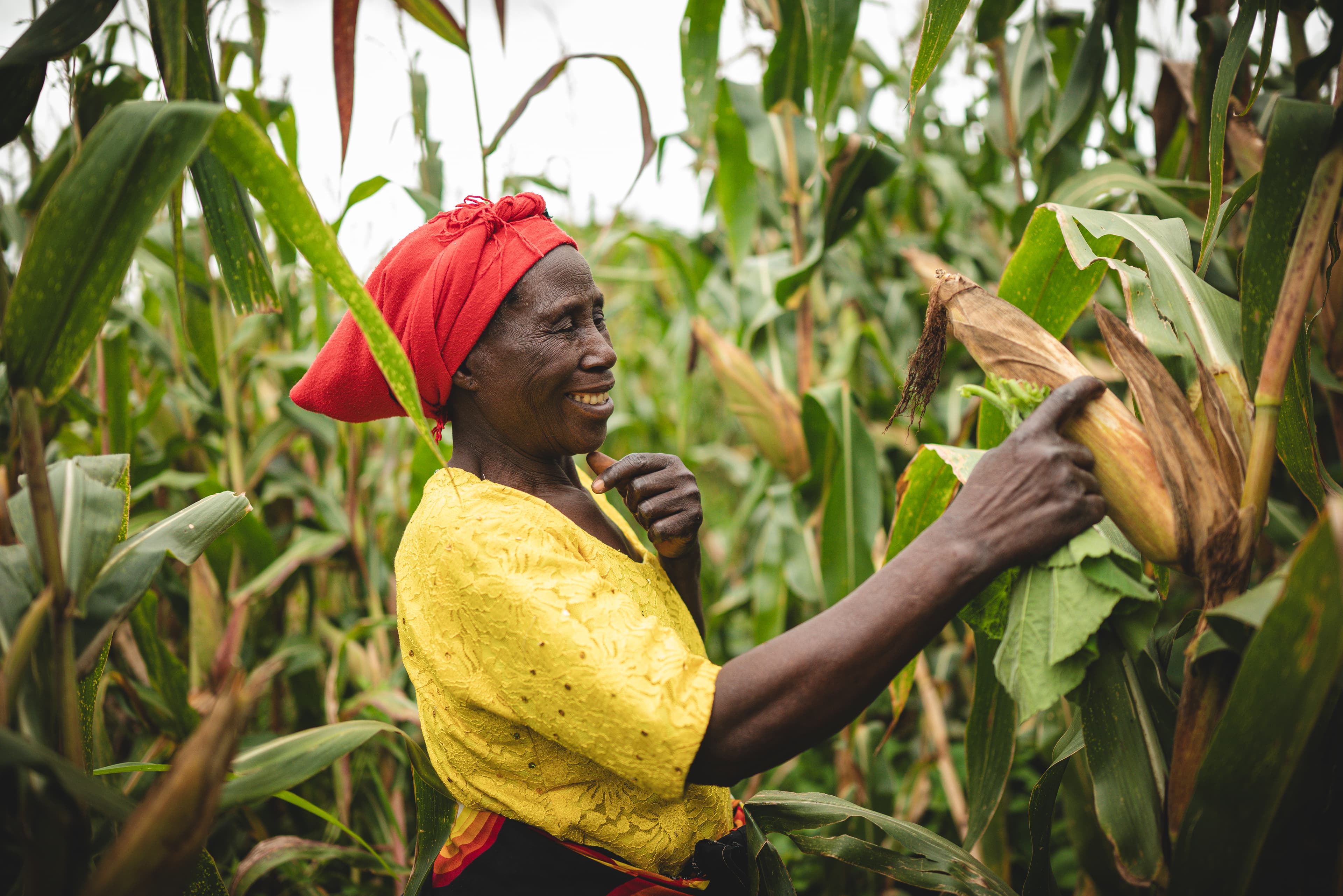What Is Food Security?
Food security measures the availability of safe, healthy food and how easy it is to access it. On the other hand, food insecurity happens when access is limited or the food is not consistently safe and healthy.
It’s not just about having enough food to eat. According to the United Nations’ Committee on World Food Security, a person is food secure only when they have regular access to enough safe and nutritious food to stay healthy and lead an active life.
Why Is Food Security Important for Children?
Children need consistent, nutritious meals to grow and learn. Without the right nutrition, children’s development can be halted — they can become weak, fall behind in school and face long-term health problems.
For example, without healthy food, a child make experience:
Wasting: This happens when a child’s weight is too low for their height. It’s often caused by sudden weight loss and puts children at high risk of death.
Stunting: This happens when a child’s height is too short for their age. It’s a sign of long-term undernutrition that impacts brain development and future health.
What Does It Take to Be Food Secure?
There are many definitions of food security. The World Food Programme defines it in four components: availability, access, utilization and stability.
Availability: Is food available for people to access? This involves local food systems and production, reserves, markets and transportation.
Access: If it is available, are people able to afford it and access it?
Utilization: Is the food nourishing and safe? Do people have the tools, knowledge and habits to prepare and store it well? This includes things like knowing how to cook safely, having a mix of nutritious foods and making sure everyone in the family gets enough to eat.
Stability: Are these first three needs met consistently, even during a crisis? Environmental, economic, social and political challenges can all disrupt stability and make food less available or accessible over time.
The State of Global Food Security and Nutrition Today
Tragically, the world is facing a worsening hunger crisis, and progress has stalled. Global hunger has risen sharply in recent years due to conflict, climate emergencies, economic instability and the lasting effects of COVID-19.
Here’s what we’re seeing today:
733 million people experienced hunger in 2023.
Nearly 2.3 billion people are moderately or severely food insecure.
282 million people in 59 countries faced acute food insecurity in 2023.
295 million people are experiencing crisis-level hunger in 2024.
Global hunger has plateaued at crisis levels since 2021.
45 million children under age five suffer from wasting.
149 million children are stunted.
Two in three children don’t receive the minimum diverse diet needed for healthy growth.
What’s Causing the Food Crisis?
Several global challenges are putting millions of families at risk:
Pandemic aftershocks disrupted incomes and food supply chains.
Climate change has led to floods, droughts and crop failure.
Conflict and war interrupt farming, markets and humanitarian response.
Rising food prices hit families in poverty the hardest.
Without faithful, sustained support for vulnerable families, millions of children could continue to face hunger for years to come, falling far short of the United Nations' goal to end hunger by 2030.
What’s the Relationship Between Food Security and Extreme Poverty?
Extreme poverty and food insecurity are closely connected. When families live in poverty, they often struggle to meet even their most basic needs like food, shelter and health care.
The World Bank defines extreme poverty as living on less than $3.00 a day. Since 2020, the number of people living in extreme poverty has grown due to the lasting effects of the pandemic, ongoing conflict and climate change.
For families living below this poverty line, food is often out of reach. The issue isn’t that food is unavailable; it’s that they can’t afford it.
When prices rise, those already struggling feel it most. In high-income countries, inflation might mean buying fewer groceries. In low-income countries, it can mean skipping meals altogether.
Most people facing hunger today live in poverty, especially in parts of Asia and sub-Saharan Africa. In these regions, long-term drought, inequality and instability make it even harder to access nutritious food.
How Does Compassion International Address Food Insecurity?
Based on current global food crisis and hunger forecasts, Compassion anticipates an exceptionally critical, widespread need among the children and families in our care for both short-term and long-term food security interventions. Compassion’s local church partners continue to respond to food insecurity by caring for both the immediate and long-term needs of children and their families. Around the world, Compassion supporters are equipping the local church to provide families and children with:
Emergency food kits with items like rice, eggs, milk, corn and other dry goods.
Nutritional assistance for pregnant mothers and infants.
Medical feeding programs for those who are malnourished.
Preventive and income-generating activities that address food insecurity long term.
Compassion’s church partners also monitor children’s health closely. Children receive routine medical checkups and malnutrition screenings, ensuring they stay healthy. This consistent care helps children see beyond hunger and into a brighter future.


